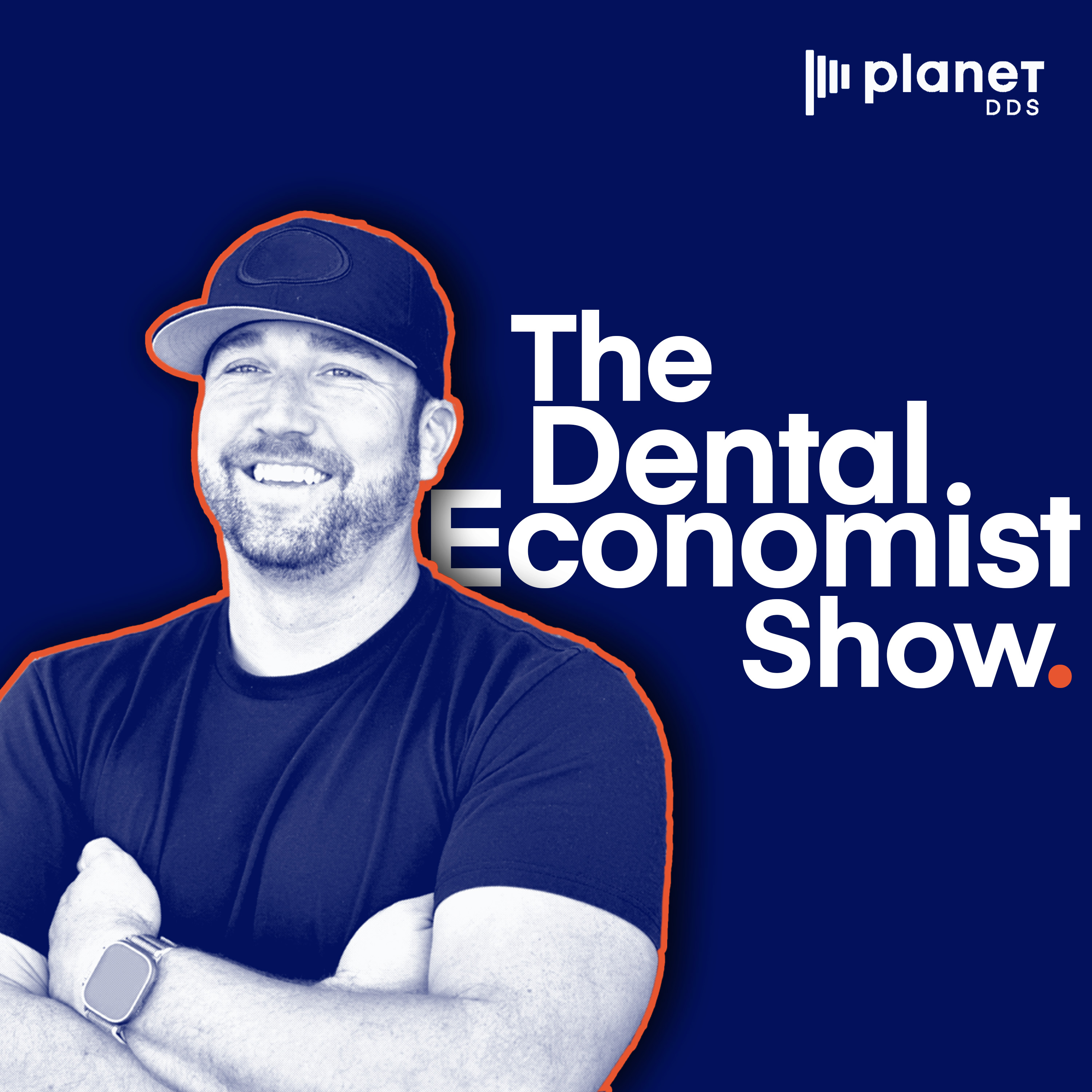Saam Zarrabi, DDS on The 5 Communication Breakdowns Killing Your Practice Flow & How to Fix It
September 25, 2025

In the hustle and bustle of dentistry, it can be easy to lose sight of one simple yet crucial fact: Dentistry is a people’s business. In the latest episode of The Dental Economist Show, host Mike Huffaker welcomes Saam Zarrabi, DDS, CEO of Rodeo Dental, to explore scaling a dental practice from single-location operations to a thriving 50-office organization and why people-centricity has everything to do with it. Tune in to learn how his team reduced patient wait times by 20% through strategic change management, discover the evolution of leadership roles in growing DSOs, and uncover practical insights on implementing new processes at scale.
This conversation proves that putting people first takes your business to first place.
In the hustle and bustle of dentistry, it can be easy to lose sight of one simple yet crucial fact: Dentistry is a people’s business. In the latest episode of The Dental Economist Show, host Mike Huffaker welcomes Saam Zarrabi, DDS, CEO of Rodeo Dental, to explore scaling a dental practice from single-location operations to a thriving 50-office organization and why people-centricity has everything to do with it.
What You’ll Learn:
- How to evolve leadership roles during practice growth, from clinical work to executive management
- The systematic approach to reducing patient wait times by 20% across multiple locations
- Why effective change management requires consistent follow-up and reinforcement through daily check-ins
- How to maintain company culture at scale through monthly town halls and team celebrations
- Why AI and technology adoption will transform dental practice operations, from patient communication to revenue cycle management
- The strategic approach to staffing challenges in underserved markets while maintaining cultural standards
This conversation proves that putting people first takes your business to first place.
Episode Highlights:
02:29 Saam’s Journey from Dentist to CEO
Saam shares his journey from practicing dentist to CEO, highlighting key transition points at different stages of growth. In his opinion, at 2-6 locations, leaders must begin wearing an operations hat, while at 10-15 locations, stepping back from clinical work becomes necessary. The challenge lies in learning to empower teams rather than "jumping on grenades" as the organization grows. With leaders looking for signals when they need to step back and allow their teams to solve problems independently. For growing dental organizations, this framework provides a clear roadmap for leadership evolution while maintaining quality care.
04:08 How to Optimize Patient Flow
By identifying wait times as their primary patient complaint, Saam explains how his business launched a systematic initiative to improve patient experience. The team conducted office-by-office analysis, identifying five common themes affecting wait times across locations. Through focused training and process improvements, they achieved a 20% reduction in wait times system-wide. This patient-centric approach demonstrates how systematic operational improvements can directly impact patient satisfaction and practice growth.
06:55 The Power of a Follow-Up: Scaling Change Management
Rather than one-time training sessions, successful change management at scale requires systematic follow-up and reinforcement. Daily 15-minute check-ins with small groups of offices (3-5 at a time) ensure consistent implementation and problem-solving. Regular KPI reviews and celebrations of wins maintain momentum and engagement across the organization. This approach has proven effective in managing change across 50 locations while maintaining quality and culture.
10:56 The Future of Dental Technology and AI Integration
Saam outlines how emerging technologies will transform different aspects of the patient journey, from automated appointment confirmation to AI-powered insurance verification. While current solutions may be clunky, significant improvements are expected within 12-18 months. The focus should be on automating tactical administrative tasks while allowing staff to focus on patient interaction and care. This strategic approach to technology adoption will enhance both operational efficiency and patient experience.
The Dental Economist Show with Mike Huffaker is handcrafted by our friends over at: fame.so